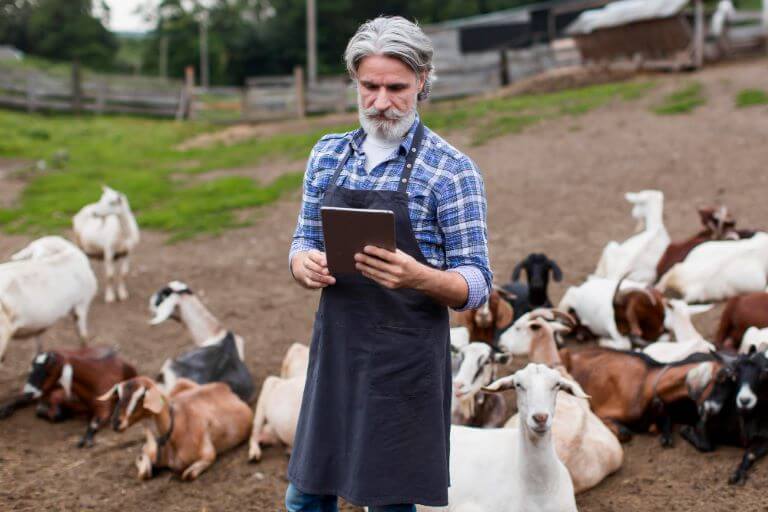Running a livestock farm is tough work. There’s so much to keep track of – feeding schedules, health records, breeding plans and the list goes on!
So, do you ever wish there was a way to make things easier? Well, there is! In today’s world, technology offers a helping hand to farmers. There are tools that can streamline your operations, boost productivity, and even help your animals stay healthier.
Are you curious to know more? This blog will introduce you to essential livestock management tools that can transform your farm. Let’s dive in!
1. Milking Bucket Assemblies
Milking bucket assemblies are a great tool for big and small dairy farms. They make milking cows faster and less demanding for workers. With a milking bucket, you can milk a cow directly into a sealed container. This method is quick and very clean, reducing the chances of milk contamination.
These systems are designed to be easy to use. Workers can learn how to operate them quickly, which means less time spent on training and more time milking, boosting overall farm productivity. The buckets are also portable, so they can be moved around easily to where they are needed most.
If you are looking to improve their milking process, investing in cow milkers like these bucket assemblies can be a smart choice. They help increase efficiency and make the task easier for everyone involved. This can lead to a more productive and profitable farm.
2. Automated Feeding Machines
Automated feeding machines are a big help on farms. These machines are designed to feed animals the right amount of food at the right time. This is important because it helps keep the animals healthy and growing well.
One of the biggest benefits of using these machines is their precision. They measure the exact amount of food needed for each animal. This means less food is wasted, which can save a lot of money over time. Plus, the food is always on a set schedule, which is good for the animals.
Another great thing about automated feeding machines is that they save farmers a lot of work. Instead of spending hours each day feeding animals, the machine takes care of it all. This frees up time for farmers to do other important tasks around the farm.
3. Wearable Health Monitors
Wearable health monitors are becoming a big part of managing farm animals’ health. These small devices are like fitness trackers for livestock. They are worn by animals, usually around their necks or legs, and help farmers keep an eye on their health at all times.
These monitors track important signs of health, such as heart rate and body temperature. They also measure how much the animal is moving around. This information helps farmers understand if their animals are healthy or if they might be getting sick. For example, if a cow is not moving as much as usual, it might mean she is not feeling well.
By catching these early signs of illness, farmers can act quickly to check on their animals and give them the care they need. This helps keep the animals healthy and can save farmers money by preventing bigger health problems down the line.
4. Estrus Detection Devices
Estrus detection devices help farmers know the best time to breed their animals. These devices work by monitoring signs that an animal is ready to breed. Cows, for example, can become pregnant at a very specific time.
Why is this so important? Well, knowing the exact right time helps ensure that breeding is successful, which means more baby animals are born healthy. If a farmer misses this window, they might have to wait until the next cycle, which can delay everything on a farm.
These devices can be a big help because they take the guesswork out of breeding. They use technology to spot the right signs at the right time. This means farmers can be more accurate and don’t have to rely just on their eyes and experience.
5. Livestock Tracking and Identification
Tracking and identifying livestock is crucial for managing a farm efficiently. One of the most popular methods used today involves RFID tags. These tags are small devices attached to animals, like a tag on a cow’s ear.
When a scanner is passed near the RFID tag, it reads the stored data. This makes it easy for farmers to keep track of each animal’s health and location without manually checking each one. It’s like having a personal ID that tells you everything you need to know about each animal at any time.
Besides RFID tags, there are other tracking solutions like GPS collars and microchips. These collars work great for animals that roam over large areas, as they can show exactly where each animal is on a map.
Conclusion
Using the right tools in livestock management can help your farming business grow. With good equipment, you can take better care of your animals and even save time every day. So, don’t be afraid to embrace technology and watch your farming business thrive!

